Process Engineering Basics – Mass Out Must Equal Mass In
While simple in concept, determination of mass balances in real-world chemical applications can often be quite difficult to measure and quantify, especially at early stages of process development. And the financial significance is usually large since profitability of chemical transformation depends on how much of the feedstock input to a chemical reactor or separation unit is converted or recovered as presumably a more valuable product. Often the process yield, which is simply the mass or volume ratio of recovered product to the amount of feed introduced to the process, has the greatest sensitivity for process economics.
The same applies for discreet product manufacture (e.g. bottles, bricks, cell phones) where raw materials or component sub-parts are input on one end of an assembly line and finished product exits the other. A yield metric is also used with the definition being the percent of non-defective parts made relative to the total number of parts produced (or started). Material or work-in-progress lost due to machining, forming, heat treatment, assembly errors, etc. is either wasted or recovered in some fashion and re-worked into the process. In all cases whether chemical, material, or a discreet product, the goal of a good process design is to minimize waste and loss to make the most efficient use of materials and energy.
For chemical products, precise chemical analysis and proper mathematical description of the system are required to accurately characterize both feedstock and product materials. When feed or product materials are complex mixtures containing a hundred or more individually identified molecules, the difficulties are magnified and it is very important that experienced analytical chemistry experts develop custom methods that provide accurate and trustworthy results.
Chemical product analysis of intermediate streams in a process can be especially challenging when more than one phase is present (gas-liquid, liquid-liquid, gas-liquid-liquid). It is almost always the case that specific molecules are partitioned between the phases in some unequal concentration. This means that at least two chemical composition analyses are needed, one for each phase, plus the weights of each phase to close the balance. To make matters worse, several analytical tools and methods may be required to analyze each phase because not every compound is detected by one method. Further complication can occur when the phases are not fully separated (e.g. liquid-in-liquid emulsion). Solid feed and product analysis can be another analytical challenge depending on the materials.
Determining the mass balance is an essential and fundamental “first step” in assessing process technology economics and ChemTero’s experts use a variety of methods to cross-check and validate balance calculations and estimates. For chemical analysis, we can recommend tools and methods for most R&D development and manufacturing process applications.







